Topic: Stone Architecture
Time: March 24 – May 19, 2022
Location: Zoom hosted by PAACADEMY
Format: Online
Duration: 6+1 Sessions
Total Hours: 28 Hours
Workshop Type: Online project-based studio workshop
Registration Fee: 500 EUR (20% discount for the first 10 seats)
General Registration: 625 EUR
Registration Deadline: March 23, 2022
Seats Available: 30 Seats
Organized By: PAACADEMY
Studio: Studio Giuseppe Fallacara
Tutors: Prof. Giuseppe Fallacara, Maurizio Barberio, Ilaria Cavaliere and Dario Costantino
New Frontiers of Stone Architecture
The Stone Architecture course aims to show the unexpressed potential of structural stone and digital stereotomy for contemporary architecture. During the course, students will learn how to design vaulted spaces and stereotomic architecture with parametric design and computational tools. They will be able to present their projects in highly visualized formats by using the visualization techniques taught during the course.
What is Stereotomy?
The term ‘‘stereotomy’’ in architectural literature was used for the first time in 1644 in the Examen des oeuvres de Sr. Desargues by Curabelle. Vaulted space has always represented the ideal ambit in which to operate the more sophisticated and complex reflections on architecture construction. This is particularly true for stereotomic architecture. According to Philibert de l’Orme, the architectural production based on the use of stereotomy has constantly focused on the paradox that could ensure that heavy stonework seems to be an aerial structure, “suspendue en l’air” (suspended in the air). Despite the heaviness of the stones with which Kick-off lecture they were built, such domed and vaulted spaces appear to defy gravity, resulting in dynamic and antistatic architecture derived from the airy, light, and ethereal sky.
The interest in stereotomy re-emerged, within the field of construction history, in the early 1990s. This new favorable cultural climate allowed the rediscovery of the discipline not only for its historical importance but also for its design potential. It is known that stereotomic architecture has always been characterized by considerable architectural and geometric complexity, and thanks to the diffusion of three-dimensional modeling and digital manufacturing tools, the conditions to design and create new stereotomic architectures have been created. The rebirth of stereotomy (in the updated version 2.0) leads us to reflect on the maturation of the various research experiences so far outlined towards the definition of mainstream best practice. In this process towards a mainstream application of Stereotomy 2.0, it is not possible to ignore the didactic value of the discipline.
The didactic value resides in two aspects: on the one hand, the ability to highlight the importance of the rediscovery of the historical heritage of stone buildings (and mainly those stereotomic) to show the highest speculative peaks reached by the art of building; on the other hand, to show the intrinsic ability of the discipline to favor a strongly holistic approach to architectural design, in a design process in which continuous reflection on a comprehensive concept of the project is encouraged. The teaching of Stereotomy 2.0 can lead to the faster and more natural evolution of technological literacy in architecture schools. Precisely because of its holistic approach, Stereotomy 2.0 makes it possible to understand better the use of specialized tools for designing and manufacturing (digital or robotic), without ever losing sight of the ultimate purpose for which these tools must be used: the improvement of the quality of architecture, in various aesthetic, material and constructive meanings. Classic stereotomy has always been accompanied by the most advanced design and manufacturing techniques available.
Program:
The whole course will be divided into three parts: the first part deals with a historical introduction and evolution of stereotomic architecture; the second part is related to the three-dimensional parametric/variational modeling techniques of complex vaulted spaces; the last part is about visualization and production of pictures, videos, and VR applications to present a project. Students will be guided through the design process of a stereotomic project during the course, which will be modeled, rendered, and optimized for VR.
Week 1 (March 24): 0.5-hour long introduction + 1.5 hours long lecture + 2 hour Rhino GH/3D Studio lab intro
Week 2 (March 31): 1-hour long lecture + 1-hour Rhino GH/3D Studio Class + 2 hours design studio and live reviews
Week 3 (April 7): 2 hours Rhino GH Class + 2 hours design studio and live reviews
Week 4 (April 21): 2 hours Rhino GH Class + 2 hours design studio and live reviews
Week 5 (April 28): 2 hours Twinmotion Class + 2 hours design studio and live reviews
Week 6 (May 5): 2 hours Twinmotion Class + 2 hours design studio and live reviews
Week 7 (May 19): 4 hours of final presentations from students in front of the jury
Software requirements
- Rhinoceros 7.0. The 90-day trial version can be downloaded from the website.
- Autodesk 3D Studio. The 1-year educational version can be downloaded from the Autodesk website.
- Twinmotion. The free academic version can be downloaded from their website.
- Grasshopper add-ons:
- Ngon
- Mesh+
- LunchBox
- Pufferfish
- Weaverbird
- Leopard
- Mesh Edit
Deliverables
This is an applied workshop. We will learn through involvement, so expect homework! You will work in groups of 3 to distribute the tasks and produce a complete project. Every student will need to keep a portfolio and produce videos of their work towards the final presentation. Each group will have 10 minutes to present their work on jury day. What we look forward to in your projects are:
- Research into stone structures and their characteristics
- Research into geometrical 2d and 3d lattices, model making
- Implementing first research into a parametric model using the given tools
- Informing models with reality
- Implementing learnings from the software and visualisations in your projects
- Final presentations + Crits from instructors and invited juries
Important Notes:
- The Stone Architecture studio workshop by PAACADEMY will start on Thursday, March 24, at 14:00 (GMT/UTC).
- Total sessions: 6 (teaching sessions) + 1 (final presentation)
- Daily Schedule: 14:00 – 18:00 (GMT/UTC)
- Each session and the entire studio will be recorded and videos will be available for participants just a day after the class for an unlimited period of time.
- Certificate of attendance will be will provided by PAACADEMY only for students who deliver a final project.
- We accept payments in crypto. Please email us for the details: [email protected].
- The studio has limited seats. Tickets are non-transferable & non-refundable. Please read before you purchase.
Instructors:
Prof. Giuseppe Fallacara:
Giuseppe Fallacara is an architect and professor who leads the New Fundamentals Research Group. The group includes Italian architects and academics that are linked with the Polytechnic of Bari’s Department of Civil Engineering and Architecture (DICAR) and they focus on the interaction between innovation and tradition in architecture. Giuseppe is also coordinating the “CESAR” (Cours de Enseignement Supérieur en Architecture et Restauration), the School of Specialization of the Polytechnic of Bari’s Higher Applied Training Course in Architecture and Restoration.
He is an expert in the field of Stereotomy and stone architecture, contributing to the academic publications by numerous monographs and research articles on the subject, and developing experimental lithic prototypes. He is a visiting professor at NYIT (New York Institute of Technology) and MISIS (National University of Science and Technology) in Moscow, among other institutions.
Maurizio Barberio:
Maurizio Barberio is an architect, postdoctoral researcher, and Knowledge Transfer Manager at Politecnico di Bari, where he also teaches Stereotomic Design and Digital Design and Fabrication. His professional and academic interests are in the fields of architectural design, architectural didactics, digital design, and digital manufacturing, with a focus on stone architecture. He is a partner and co-founder of the New Fundamentals Research Group, as well as co-founder of the architecture firm Barberio Colella Architetti.
Ilaria Cavaliere:
Ilaria Cavaliere is an architect and a PhD candidate at the Politecnico di Bari in Italy. Ilaria studies large-scale 3D printing and virtual reality applications, with a focus on architectural and cultural heritage enhancement. She is a member of the New Fundamentals Research Group and she teaches in professor Giuseppe Fallacara’s Architectural Design course.
Dario Costantino:
Dario Costantino is an architect and a PhD candidate at the Politecnico di Bari in Italy. His research focuses on how Virtual Reality might be applied in architecture. Immersive visualization is among the topics he lectured at the Politecnico di Bari in 2021. He is a member of the New Fundamentals Research Group and a tutor in professor Giuseppe Fallacara’s Architectural Design course.
Topic: Stone Architecture
Time: March 24 – May 19, 2022
Location: Zoom hosted by PAACADEMY
Format: Online
Duration: 6+1 Sessions
Total Hours: 28 Hours
Workshop Type: Online project-based studio workshop
Registration Fee: 500 EUR (20% discount for the first 10 seats)
General Registration: 625 EUR
Registration Deadline: March 23, 2022
Seats Available: 30 Seats
Organized By: PAACADEMY
Studio: Studio Giuseppe Fallacara
Tutors: Prof. Giuseppe Fallacara, Maurizio Barberio, Ilaria Cavaliere and Dario Costantino




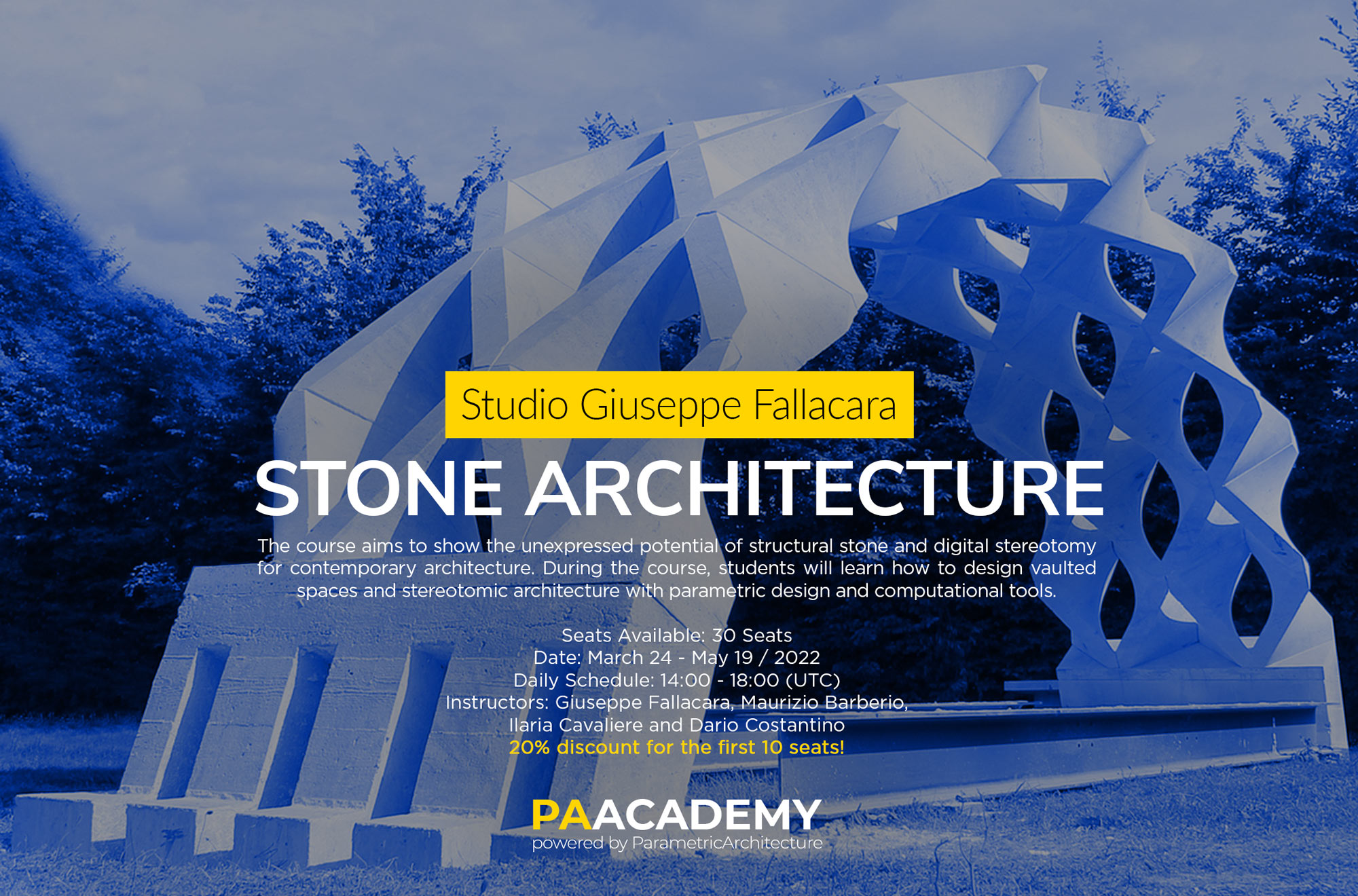
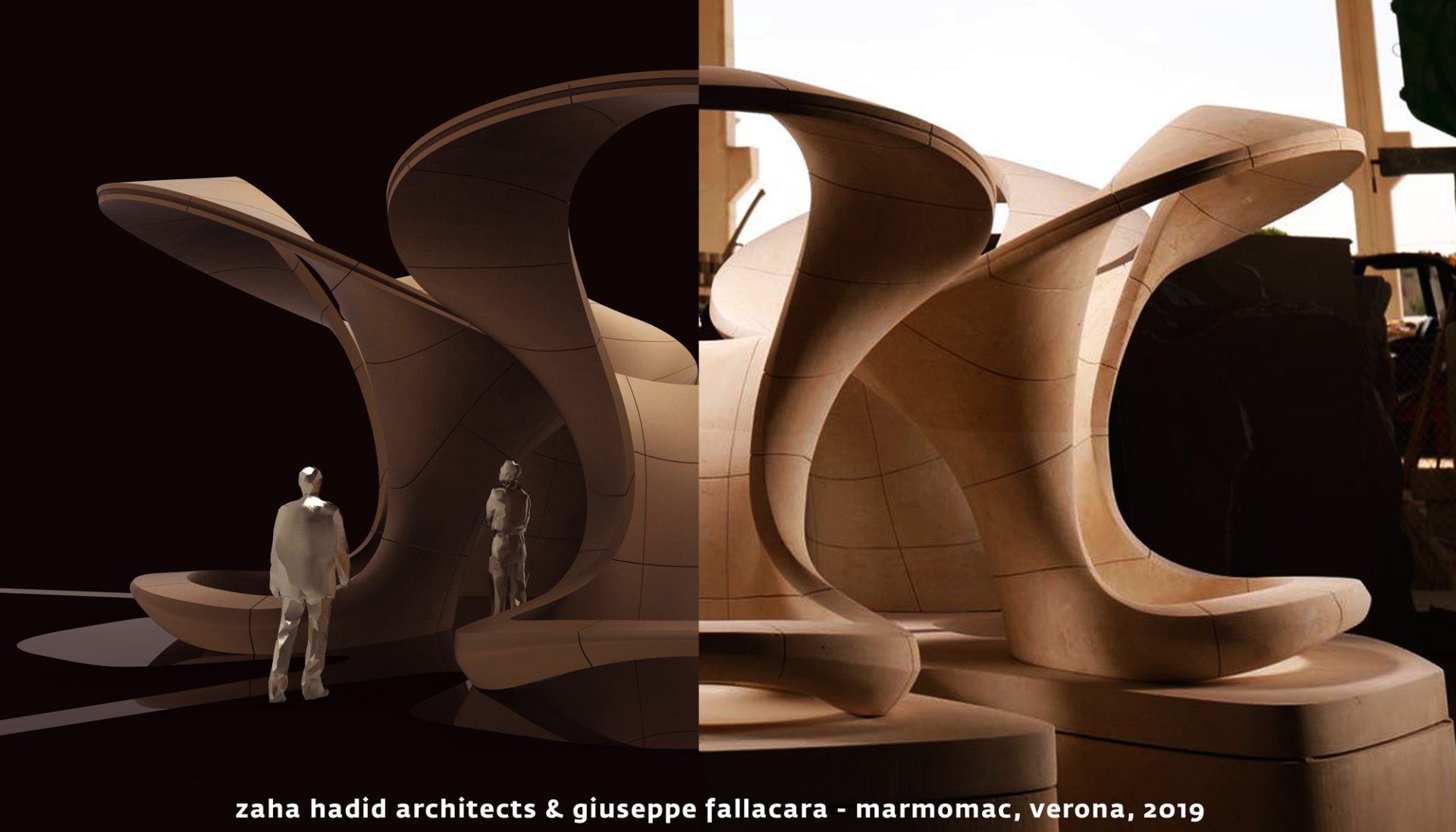
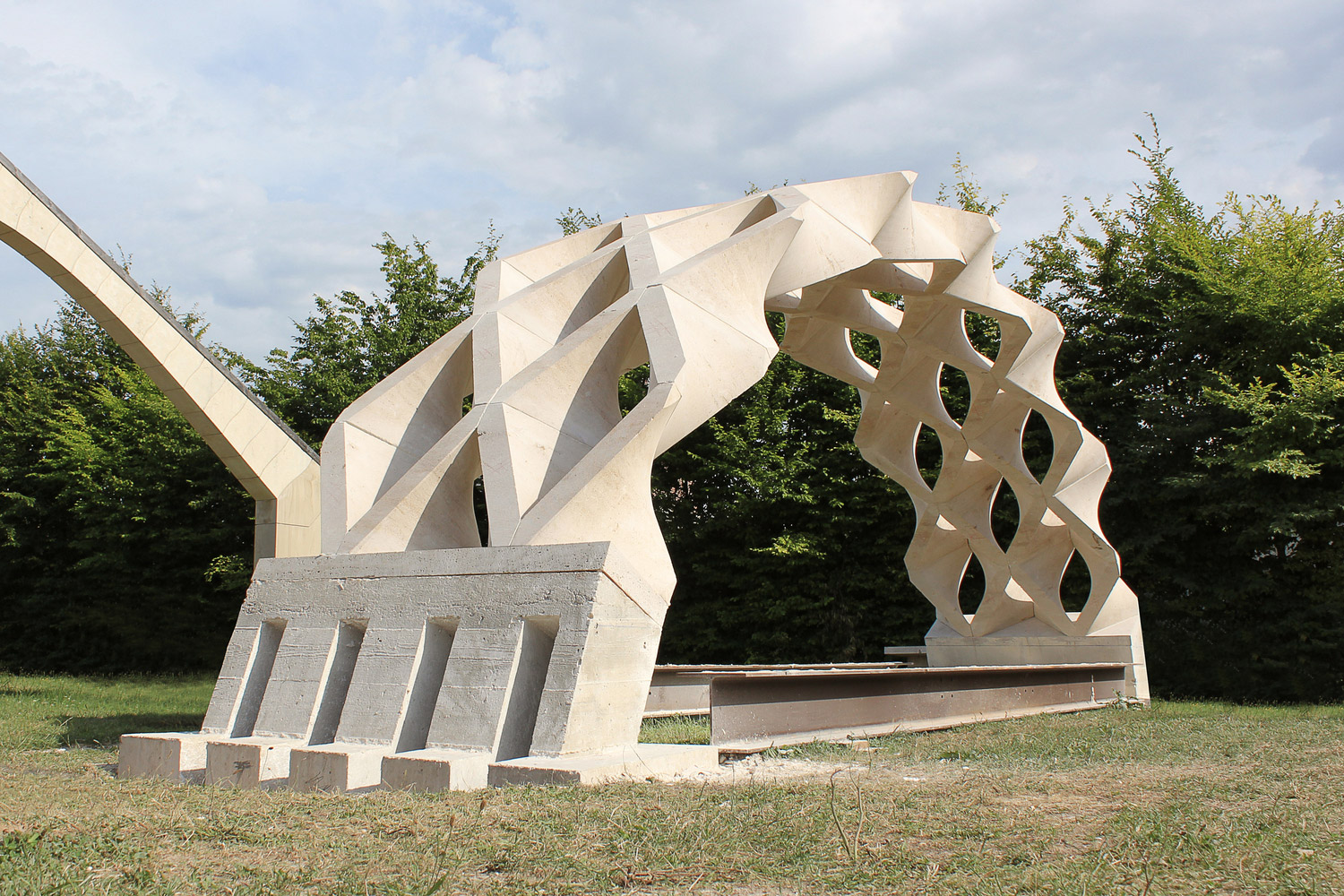
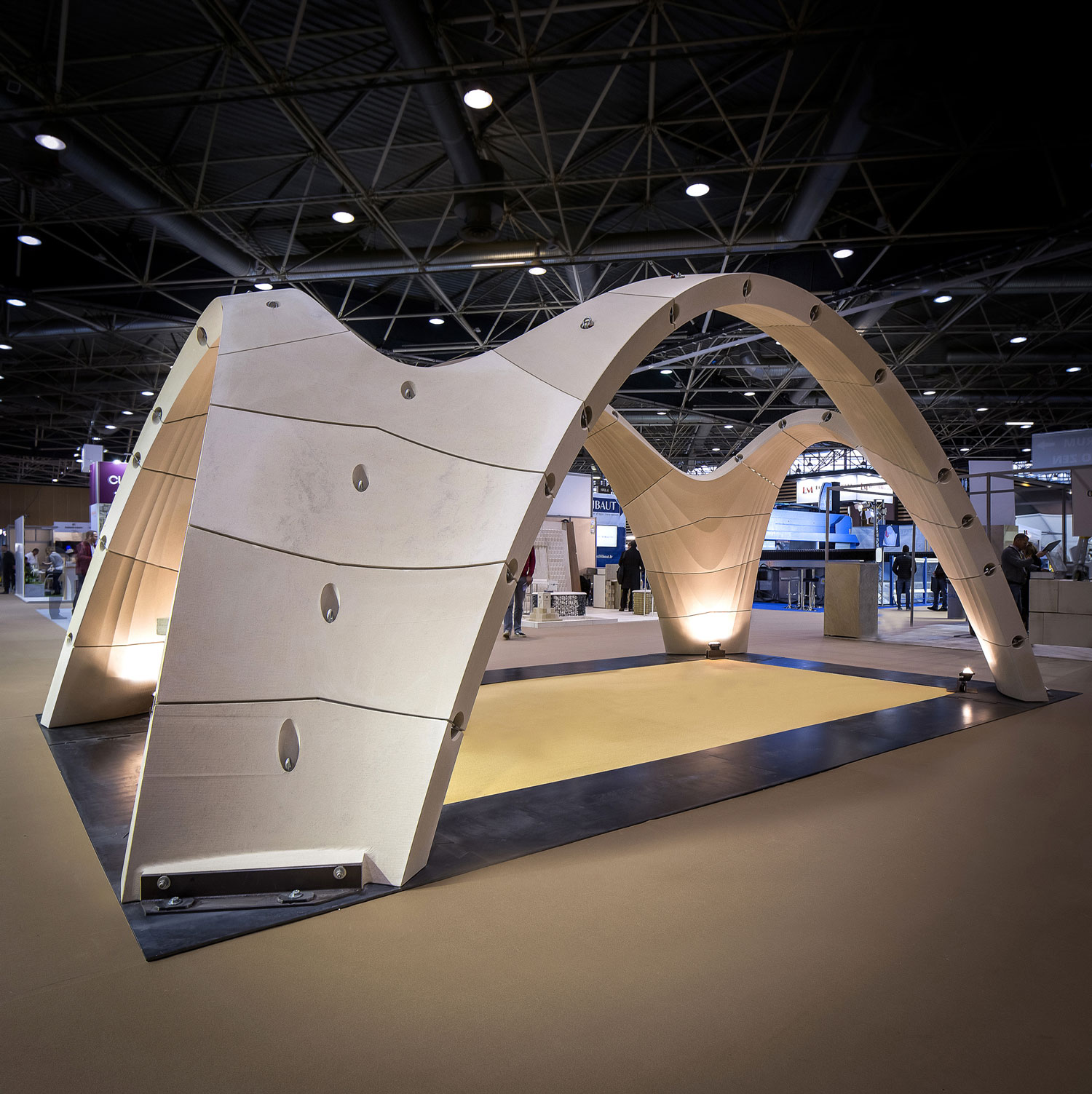
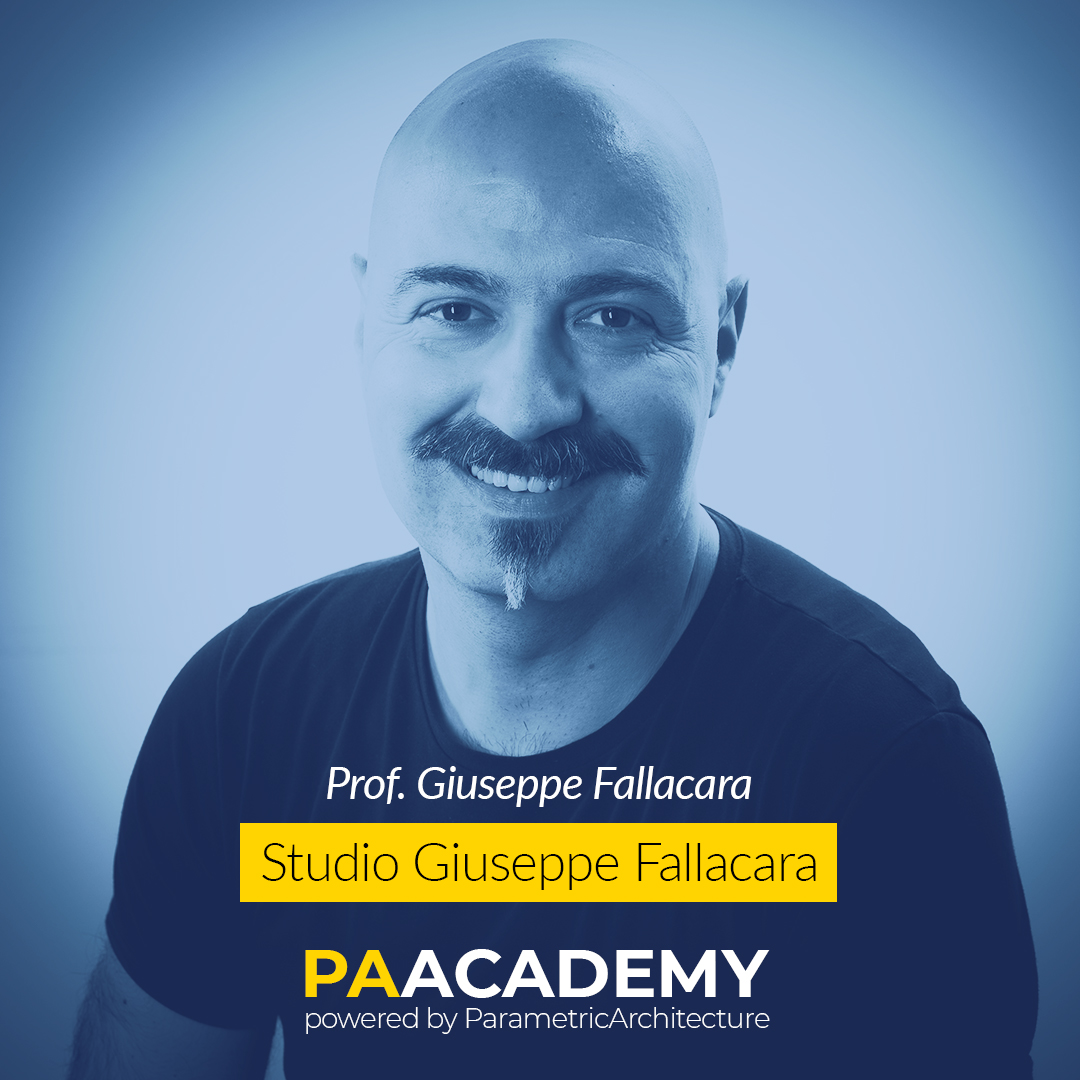
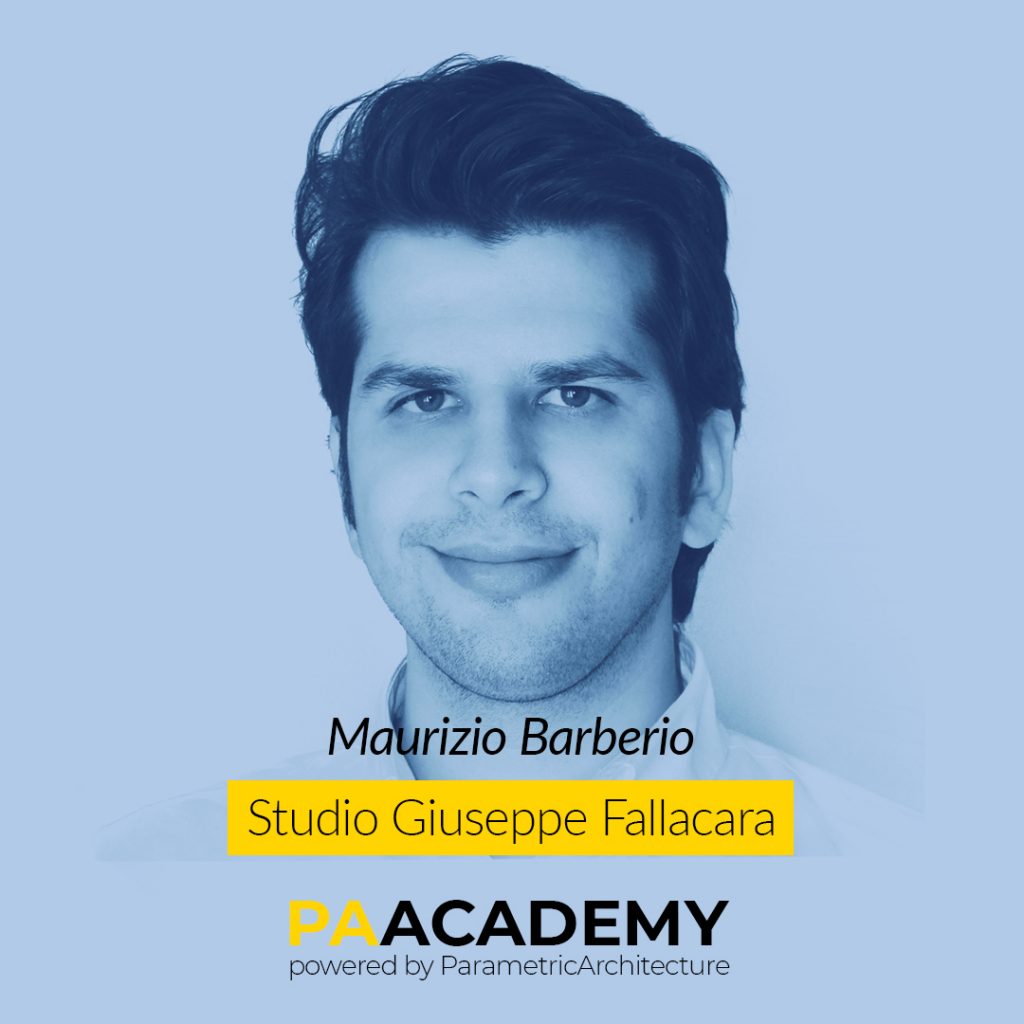
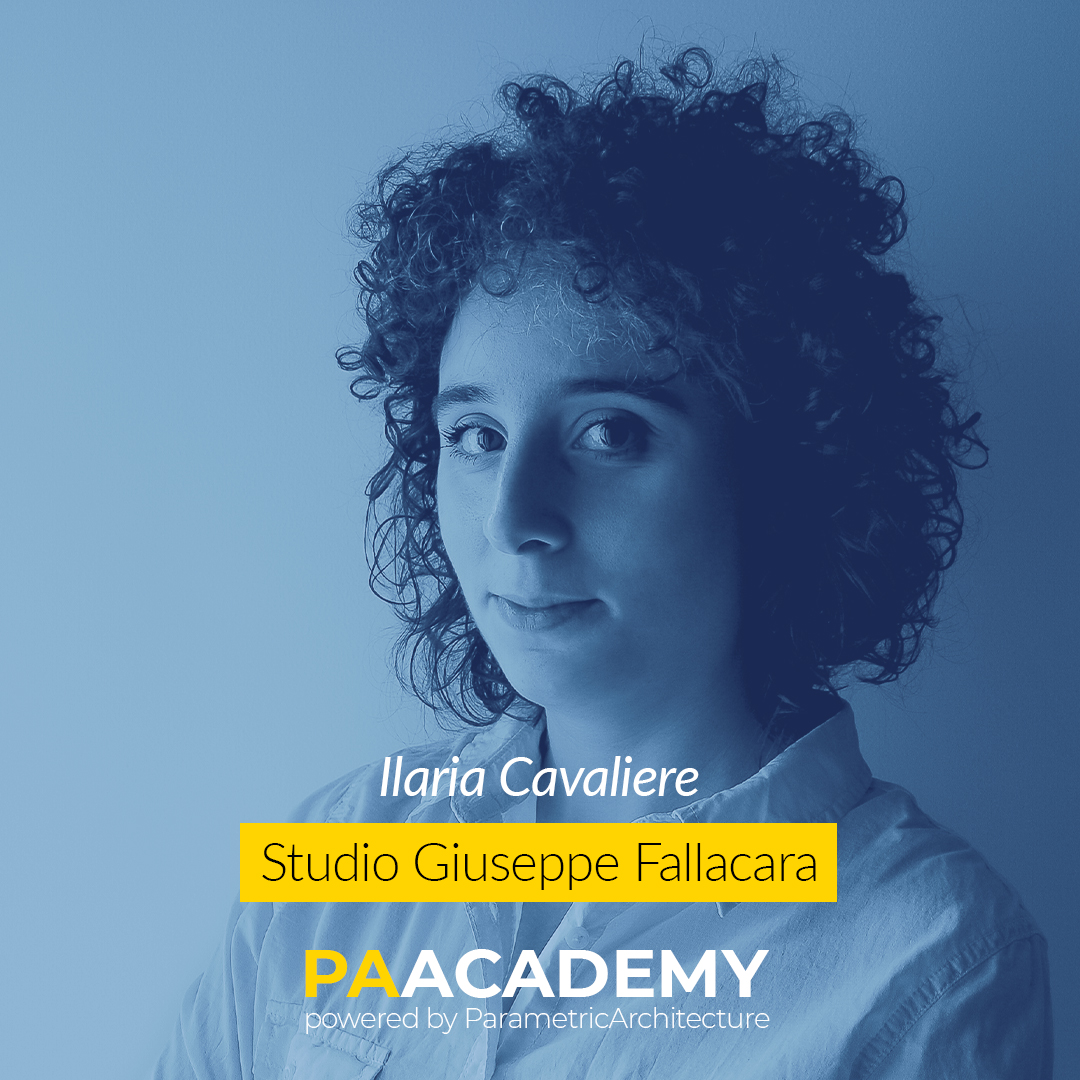
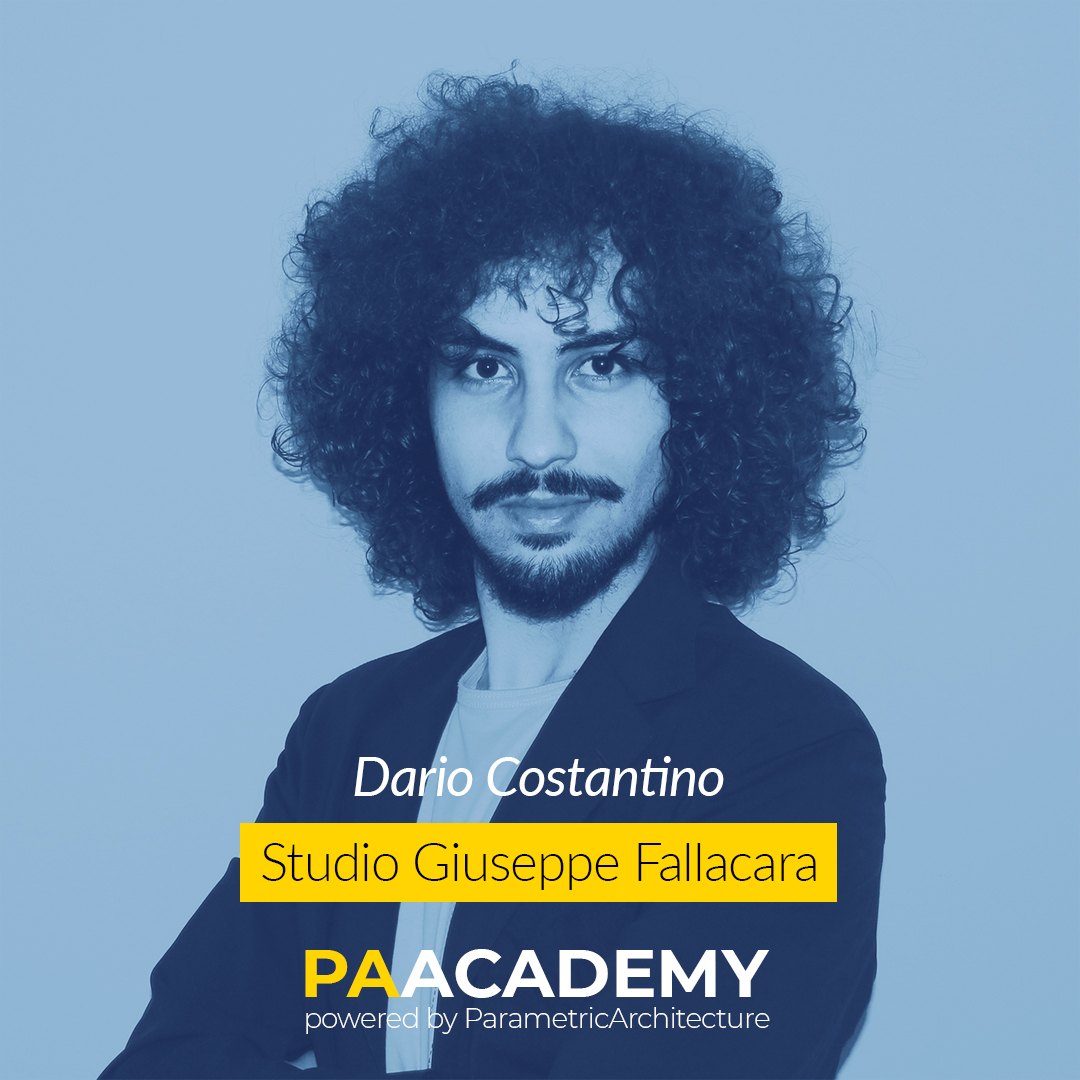














Leave a comment